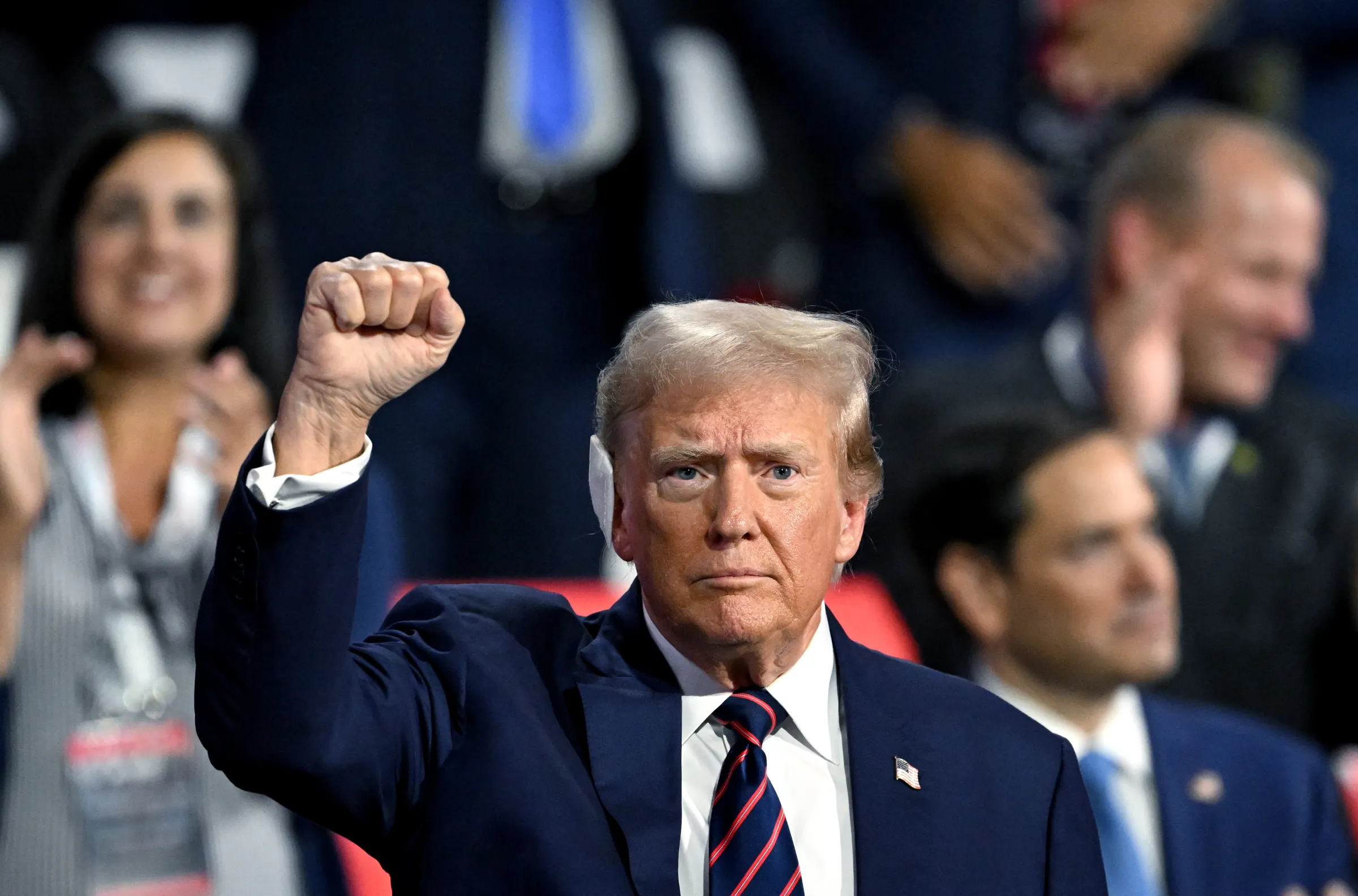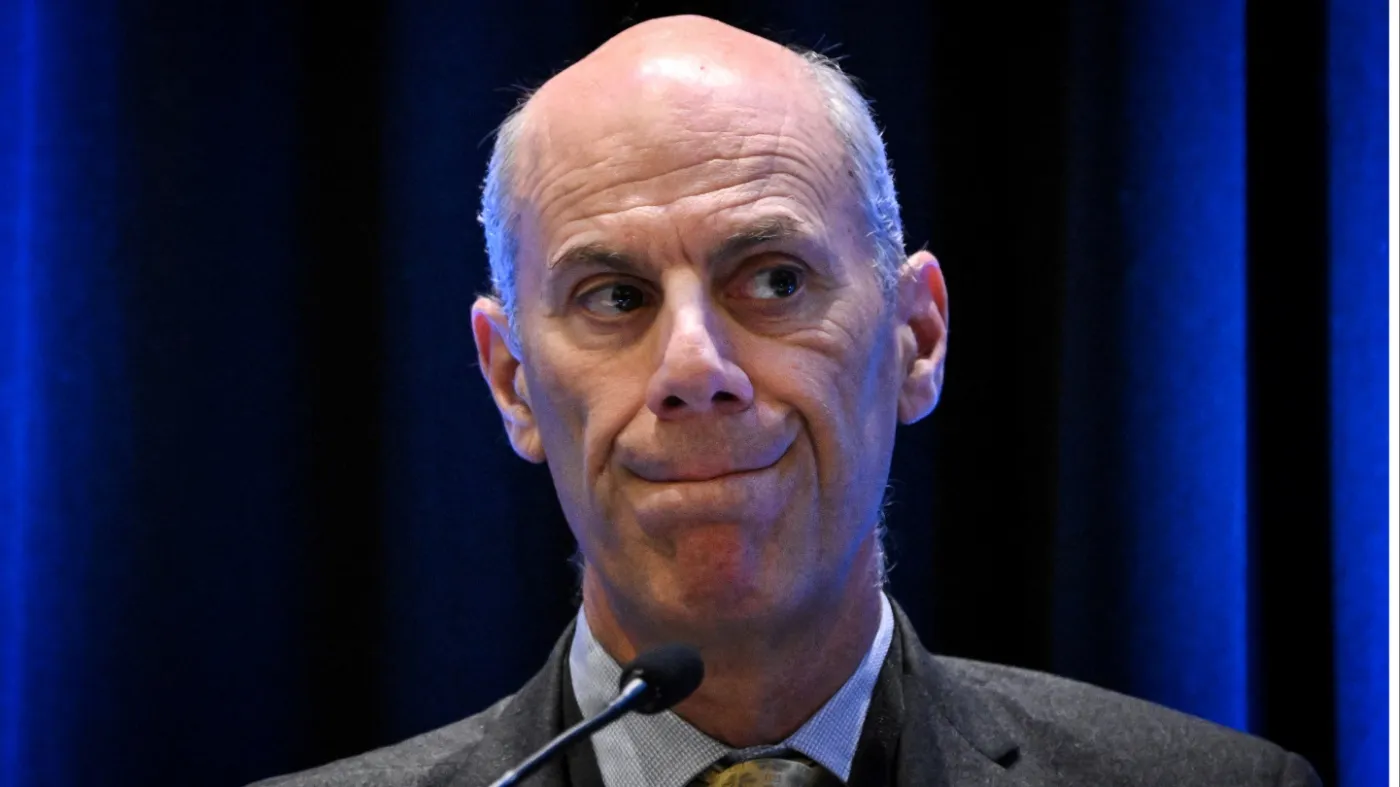Whether former President Donald Trump has the Midas touch when it comes to endorsing candidates in elections has been a subject of fascination since he first entered office. And it has been argued that the media’s fixation on Trump’s endorsements has been excessive. But we’ve come a long way from the handful of sometimes sloppy picks from his early days in the White House.
Each election cycle since he became president, Trump has endorsed more Senate, House and governor candidates than the one before, while the manner in which he vets candidates has become much more professional and strategic. And this cycle in particular, Trump’s endorsements have taken on a deeper meaning. Gone are the days of GOP committees in Washington, D.C. carefully rolling out endorsements regardless of ideological purity. This year, more than ever before, traditional arms of the Republican Party have practically ceded control of candidate promotion to Trump. The former president’s endorsement process has evolved from haphazard to sharp and effective, rendering all other endorsements all but obsolete. It’s just the latest example of the Republican Party’s transformation into the Party of Trump.
Trump began trying to shape the direction of the Republican Party and the kind of candidates it fielded as soon as he took office, and the results were a mixed bag. In 2018, Trump endorsed just 19 non-incumbent candidates in contested primaries for Senate, House and governor, according to data collected by 538; 17 of them (89 percent) won their primaries. But according to data from Ballotpedia, just 59 percent (56 out of 95) of the candidates Trump endorsed in the general election that year were successful. Trump obviously wielded great influence as the president, but at that time he was still just one of many competing interest groups within the Republican Party to endorse candidates. Traditional GOP groups like the National Republican Congressional Committee and Club for Growth made more total endorsements than Trump.
In the 2020 cycle, though, Trump started endorsing more candidates — and they started winning more often. During the primaries, the then-president endorsed 113 Senate, House and governor candidates, and all but two either won their primaries or advanced to the general election — a success rate of 98 percent. Part of that was due to Trump endorsing candidates who were uncontested or already likely to win. But his batting average for non-incumbent candidates in contested races was still an impressive 96 percent (24 out of 25).
That was the first sign that Trump’s endorsement strategy was starting to become more thought out — but it got truly professionalized after he left office. Leading up to the 2022 midterms, Trump expanded his political team and made strategic hires to help head the endorsement process. That led to Trump taking a new approach to his endorsements: He began making them earlier than ever, backing more candidates in competitive primaries and weighing in on downballot races.
That cycle, he endorsed more candidates than he ever had before. During the 2022 primaries, Trump backed 190 Senate, House and governor candidates, with 181 of them winning or advancing to the general election, an excellent success rate of 95 percent. That said, his win rate for non-incumbents in contested primaries was significantly lower: just 82 percent (37 out of 45). And both numbers were lower than they were in 2020. There’s a good reason for that, though: Trump was making riskier calls by getting involved in competitive races earlier, before a clear front-runner (and easy pick for endorsement) had emerged. In 2022, he even started backing primary challengers to incumbents, which is always a tough row to hoe. (Nevertheless, 60 percent of them won.)
According to Ballotpedia, in 2022, Trump also had his highest success rate for general election endorsements, with 84 percent of his endorsees winning their races. And remember, the 2022 midterms were not a uniform success for Republicans; instead, this reflected Trump getting better at picking winners.
This cycle, Trump endorsed 199 candidates for Senate, House and governor in states that held primaries through Sept. 10 — slightly more than he endorsed in 2022 and the most candidates he’s ever endorsed in a cycle, according to data collected by 538. Of those, 191 — or 96 percent — either won or advanced to the general election. Just eight of Trump’s picks lost, though it’s worth noting that four of those losers — Jay Ashcroft and Bill Eigel in the Missouri governor’s race, Blake Masters in Arizona’s 8th District, and Tiffany Smiley in Washington’s 4th District — lost to another candidate endorsed by Trump, because he endorsed multiple candidates in those races (kind of the ultimate record-padding move).
Once again, though, Trump’s record didn’t look quite so good if you just look at non-incumbents in contested primaries. Of the 45 such candidates Trump endorsed this year, 37 won or advanced to the general election, the same 82 percent win rate as in 2022. These endorsements demonstrate how cohesive Trump’s strategy has become: He’s continued to endorse early, take riskier swings, and occasionally upend tradition by endorsing multiple candidates in the same race.
As such, Trump’s endorsement has become the most coveted name drop in Republican politics. In 2020, facing a challenger, Kentucky Rep. Thomas Massie went so far as to buy ad time in West Palm Beach hoping to get on Trump’s radar (Trump never did pick sides in that race, though Massie was victorious). Even Trump’s running mate, Sen. JD Vance, ran a campaign to win the former president’s backing, as did three of his primary competitors, during the 2022 election in Ohio. Vance, of course, ultimately got Trump’s endorsement, and it fundamentally shifted the race: Vance had been trailing the two front-runners before the endorsement, but he ended up winning not only the nomination but also the general election.
Brian Jack, a consultant who has worked on Trump’s campaign and is now, as the Republican nominee for Georgia’s 3rd District, the recipient of his endorsement, said Trump’s backing was a game changer for his campaign. Prior to Trump’s endorsement, Jack says he was polling around 1 percent in his district. He went on to win a plurality of the vote in the primary, with 47 percent, and win the nomination in the runoff with 63 percent of the vote.
“The combination of President Trump’s endorsement and a well-run campaign with an America First platform is unstoppable in a Republican primary,” Jack said. “It is the most powerful endorsement in American politics.”
By contrast, traditional GOP groups have been ceding more and more power on the endorsement front. In past cycles, for instance, the NRCC would gradually unveil classes of its “Young Guns” program: candidates who had met certain fundraising and messaging thresholds and earned the backing of the committee in competitive races. In the 2018 midterms, for instance, the first class was announced more than a year before. For this year’s election, not a single candidate was named to the list until July, and 10 of the 26 candidates had already clinched Trump’s endorsement (one candidate Trump endorsed less than a week later, the rest were in a race for which Trump had not yet endorsed a candidate). Meanwhile, the National Republican Senatorial Committee started endorsing primary candidates this cycle for the first time in a decade, but their choices — such as Kari Lake in Arizona — have often been more MAGA-flavored than they might have in the past.
Now, as we’ve examined here at 538 before, part of Trump’s endorsement success can be boiled down to, essentially, padding his record. It’s obviously not a risky bet to endorse an unopposed incumbent, and oftentimes Trump endorses candidates who have already garnered a lot of establishment support anyway. But that’s partly why it’s all the more politically risky for the GOP establishment to have handed over so much of its coronation power to the former president. When Trump does take a gamble, such as when he backed TV host Mehmet Oz for Pennsylvania’s 2022 Senate race over former hedge fund CEO David McCormick — who was seen by many in the party as the stronger candidate — it can end in disaster.
But for Trump, there’s no downside. The industrialization of his endorsement process has only made him stronger and solidified the grand Trumpification of the GOP. Now, it matters less whether the candidates he backs win or lose. By backing them and having the party fall in line behind them, Trump has already won control of the Republican Party.




